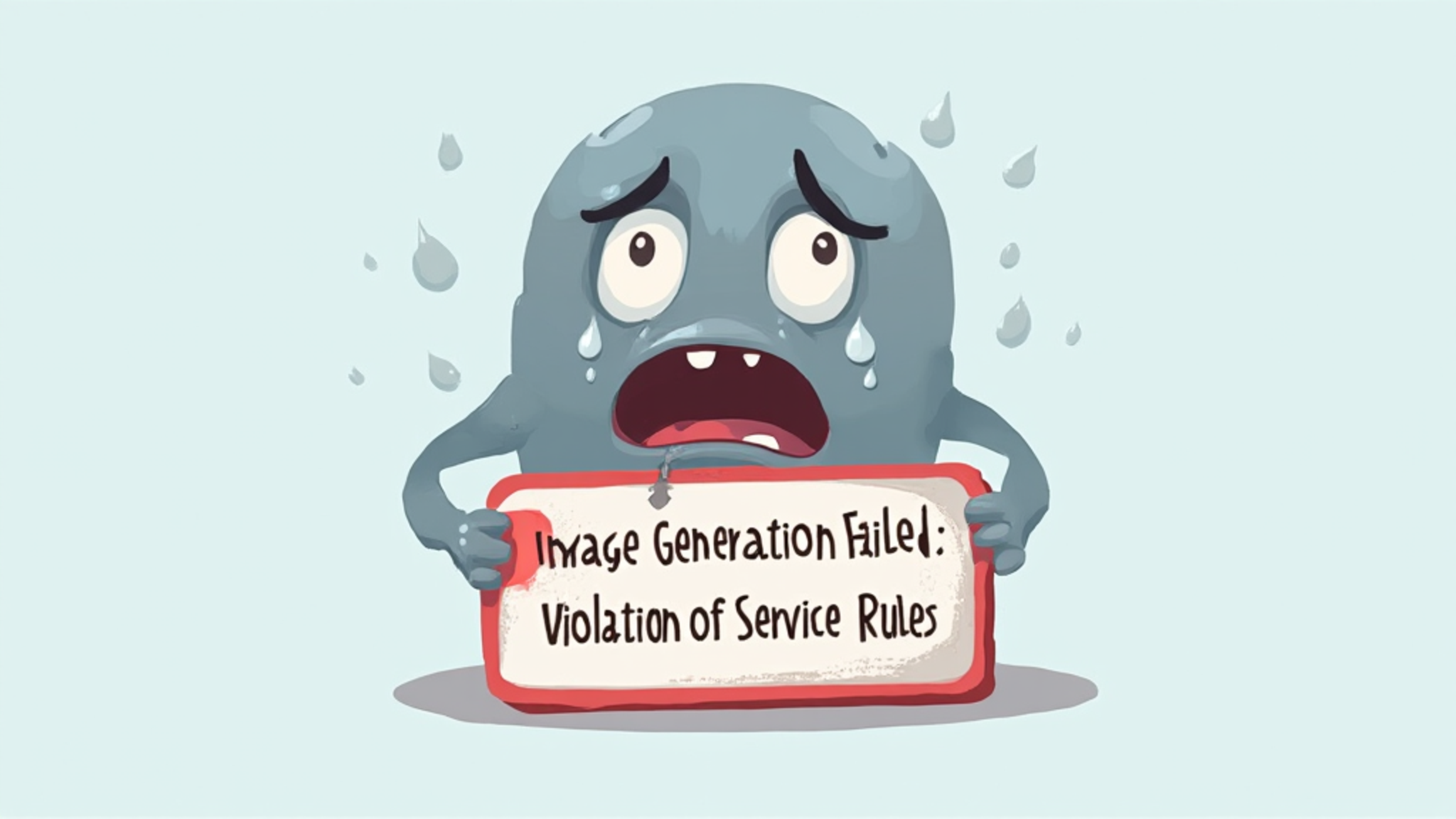Introduction to Inflation and Its Impact on Savings
Understanding Inflation: Causes and Effects
Inflation refers
The Historical Context of Inflation and Savings
Historically, inflation has significantly influenced savings behavior. As inflation rises, the purchasing power of currency diminishes. This creates a pressing need for individuals to seek alternative investment strategies. Many turn to assets that traditionally hedge against inflation. Diversification is crucial in this setting. It can mitigate risks effectively.
The Role of Cryptocurrency in Combating Inflation
How Cryptocurrencies Function as a Hedge Against Inflation
Cryptocurrencies offer a decentralized alternative to traditional currencies. This decentralization can protect against inflationary pressures. Many investors view cryptocurrencies as a store of value. They often appreciate during economic instability. This trend is noteworthy. It reflects changing market dynamics.
Case Studies: Successful Use of Crypto During Inflationary Periods
During inflationary periods, several case studies illustrate the effectiveness of cryptocurrencies. For instance, in Venezuela, Bitcoin usage surged as hyperinflation eroded local currency value. Many individuals turned to crypto for stability.
Key examples include:
These actions demonstrate a shift in financial behavior. It highlights the need for altednative assets. Such trends are significant . They reflect broader economic challenges.
Diversifying Your Investment Portfolio
The Importance of Asset Diversification
Asset diversification is crucial for mitigating risk. By spreading investments across various asset classes, he can reduce exposure to market volatility. This strategy enhances potential returns over time. It is a prudent approach. Investors often achieve better long-term stability. Diversification is a fundamental principle.
Incorporating Cryptocurrencies into Your Portfolio
Incorporating cryptocurrencies into an investment portfolio can enhance diversification. This approach allows for exposure to emerging asset classes. Key considerations include:
Investors should regularly review their allocations. This ensures alignment with market conditions. A balanced portfolio can mitigate potential losses. It is a strategic move.
Stablecoins: A Safe Haven in Volatile Markets
What Are Stablecoins and How Do They Work?
Stablecoins are cryptocurrencies designed to maintain a fixed value. They are typically pegged to fiat currencies or commodities. This stability makes them attractive during market volatility. Many investors employment stablecoins for transactions and as a store of value. They provide liquidity in uncertain times. This is a practical solution.
Benefits and Risks of Using Stablecoins
Stablecoins offer several benefits, including price stability and liquidity. They facilitate quick transactions without significant price fluctuations. However, risks exist, such as regulatory scrutiny and counterparty risk. These factors can impact their reliability. Investors should weigh these aspects carefully. Understanding the landscape is essential.
Utilizing Decentralized Finance (DeFi) for Savings
Introduction to DeFi: Opportunities and Challenges
Decentralized Finance (DeFi) presents unique opportunities for savings. It allows users to earn interest on their assets through lending protocols. However, challenges include smart contract vulnerabilities and market volatility. These risks can affect returns significantly. Investors must conduct thorough research. Knowledge is power in this space.
How to Earn Passive Income Through DeFi Platforms
Earning passive income through DeFi platforms involves several strategies. Users can provide liquidity to decentralized exchanges and earn fees. Additionally, staking assets in various protocols can yield rewards. These methods require careful selection of platforms. Risks include impermanent loss and smart contract failures. Understanding these factors is crucial.
Investing in Precious Metals Alongside Crypto
The Historical Value of Precious Metals
Precious metals have historically served as a store of value. They provide a hedge against inflation and currency fluctuations. Many investors allocate a portion of their portfolios to golv and silver. This strategy can enhance overall stability. Diversifying with precious metals is prudent. It balances risk effectively .
Combining Precious Metals with Cryptocurrency Investments
Combining precious metals with cryptocurrency investments can enhance portfolio resilience. This strategy leverages the stability of metals alongside the growth potential of crypto. Investors often find that this diversification mitigates risks effectively. It can also provide a hedge against market volatility. Understanding both asset classes is essential. Knowledge leads to informed decisions.
Strategies for Long-Term Wealth Preservation
Setting Financial Goals in an Inflationary Environment
Setting financial goals in an inflationary environment requires strategic planning. He must prioritize investments that outpace inflation. This often includes assets like real estate and commodities. Diversification is key to mitigating risks. It helps protect against market fluctuations. Knowledge is essential for success.
Regularly Reviewing and Adjusting Your Investment Strategy
Regularly reviewing and adjusting an investment strategy is crucial for long-term success. Market conditions can change rapidly, impacting asset performance. He should assess his portfolio at least annually. This ensures alignment with financial goals. Adapting to new information is essential. Flexibility can enhance returns significantly.
Conclusion: Taking Action Against Inflation
Summarizing Key Strategies for Safeguarding Savings
Safeguarding savings requires a multifaceted approach. He should consider diversifying investments across asset classes. This includes stocks, bonds, and precious metals. Additionally, incorporating cryptocurrencies can provide further protection. Regularly reviewing financial strategies is essential. Knowledge empowers better decision-making.
Encouraging Proactive Financial Management
Proactive financial management is essential in today’s economy. He should regularly assess his financial situation. This includes tracking expenses and investment performance. Setting clear financial goals can guide decision-making. Staying informed about market trends is crucial. Knowledge leads to better financial outcomes.
